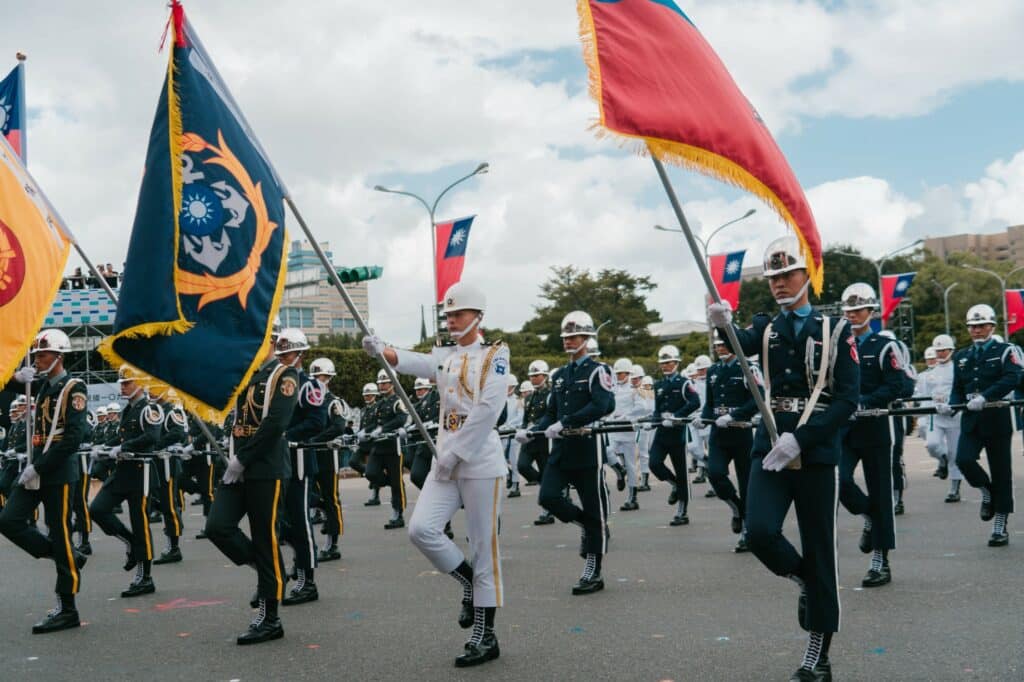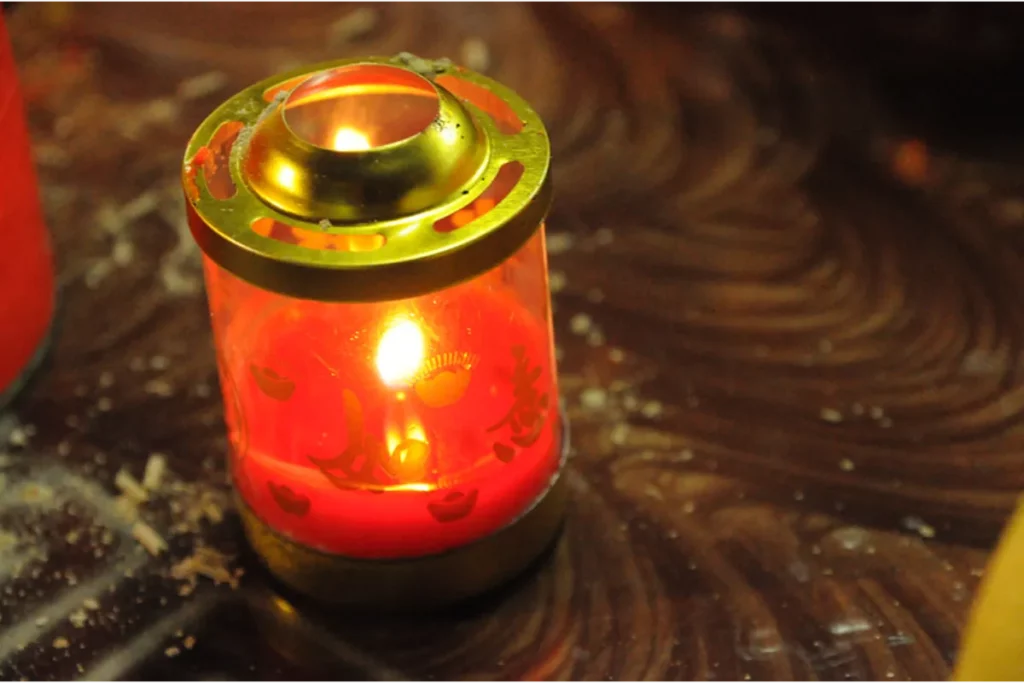Last Updated on 12-30-2023
Based on the information provided about Taiwan Indigenous Ceremonies, it is evident that the indigenous tribes of Taiwan hold a rich cultural heritage and diverse traditions that contribute to the country’s unique identity. The indigenous people, such as the Amis, Atayal, Paiwan, Bunun, Puyuma, Rukai, Tsou, Saisiyat, Yami, Thao, Kavalan, Truku, Sakizaya, Sediq, Hla’alua, and Kanakanavu, have distinct customs, languages, and social structures that have been passed down through generations.
These tribes participate in various significant ceremonies that are deeply rooted in their spiritual beliefs and historical practices. Welcome to the profound world of Taiwan Indigenous Ceremonies.
Mayasvi Ceremony of the Tsou tribe

The Mayasvi Ceremony is a sacred religious event among the Tsou tribe, residing in Taiwan’s elevated Alishan Mountain. Rooted in history, it reinforces tribal solidarity, celebrates ethics, and honors gods through rituals.
The festival’s significance lies in historical ties among Tsou clans. At its heart is the “kupah”, the tribe’s meeting house, serving as the primary gathering place and spiritual center for men. During the two-day festival, male members engage in singing, rites, and blessing newborns, fostering unity.
Over the years, the Mayasvi Ceremony retains its vitality, embodying the spirit of the Tsou people and their cultural traditions. Through this revered festival, they celebrate their connection with the divine and warrior heritage. By preserving it, the Tsou ensure their rich cultural legacy thrives for generations to come.
The Ear-shooting Festival of Bunun tribe

The Ear-shooting Festival is a significant annual event of Taiwan’s Bunun tribe. Held in April and May in Sanmin and Taoyu villages, the festival has historical ties to the tribe’s hunting traditions.
Shooting a deer’s ear, a challenging hunting feat, gave rise to its name. During the event, young boys practice shooting to hone their skills. Today, it has evolved into a unique cultural celebration and remains the only hunting event for the Bunun people. Tourists and members of eight tribes gather for festivities, including pig hunting, wrestling, archery, and the traditional ear-shooting ritual.
Visitors can also explore agricultural markets with fresh sweet peaches and traditional handicrafts. The festival showcases the Bunun people’s talents, culture, and unity. It holds special significance, honoring their warrior heritage and preserving their unique hunting skills and cultural legacy for future generations.
Flying Fish Festival of the Yami (Tao) tribe

The Flying Fish Festival is a cherished tradition of the Taiwanese indigenous Yami (Tao) tribe, residing on Orchid Island off the southeastern coast of Taiwan. It holds deep cultural and ecological significance, rooted in Yami legends and societal norms. The festival celebrates the abundance of flying fish during the Rayon season and serves as a platform for preserving and passing on the unique Yami culture.
Throughout the festival, various ceremonies and rituals take place, such as blessing the boats, praying for a bountiful catch, summoning the fish, and conducting ceremonies for fishing nights, fish storing, and fishing cessation.
This traditional festival not only showcases the rich cultural heritage of the Yami people but also underscores their harmonious coexistence with nature. The Flying Fish Festival highlights the Yami tribe’s respect for the environment and commitment to ecological sustainability.
Harvest Festival of the Amis tribe

The Ilisin Harvest Festival is a significant cultural event celebrated by the Amis tribe, an indigenous group in Taiwan. Similar to the Western New Year, this festival marks the end of one year and the beginning of the next.
The festival is observed to celebrate the abundant harvest of crops, particularly rice or millet, and to offer thanks to the ancestral gods for a successful harvest. It is considered one of the most sacred ceremonies for the Amis tribe, and during this time, they gather for various rituals, dances, feasting, and games. It also provides an opportunity for young members of the tribe to reconnect with their cultural heritage and tribal affiliations, as many have become detached from their Indigenous traditions over the years.
The Amis Harvest Festival is organized in different locations, including the Taitung and Hualien areas of Taiwan’s east coast. The ceremony is influenced by the tribe’s strong connection to the sea, reflected in their traditional clothing and dances.
Sacrifice to the Short Spirits Saisiyat tribe

The Sacrifice to the Short Spirits is a significant religious ceremony of the Saisiyat tribe, one of the indigenous tribes of Taiwan. This ceremony is considered to be the most important religious practice for the Saisiyat people.
In the Saisiyat culture, there are two types of beliefs related to spirits: belief in ancestral spirits and belief in dwarf spirits. The Sacrifice to the Short Spirits is associated with the latter belief, where the Saisiyat seek to communicate with and pay tribute to the dwarf spirits, particularly the Ta’ai.
During the ceremony, the Saisiyat people use magic and divination as essential means of communication with the ancestral spirits and the dwarf spirits. They come together as a community, engaging in various rituals, dances, and offerings to honor and seek the blessings of these spirits.
The Sacrifice to the Short Spirits reflects their deep-rooted beliefs in the existence of spirits and their commitment to preserving their traditions and heritage.
New Year Ritual of the Puyuma tribe

The New Year Ritual of the Puyuma tribe, also known as the “Amiyan” in their local language, is an important cultural event for the Puyuma people in Taiwan. This ritual takes place annually, and it marks the coming-of-age celebration for the tribe’s young members.
Approximately 200 villagers participate in the event, dividing themselves into four groups based on family and clan affiliations. The men dress in traditional red-and-black garments, while the women and girls wear blue-and-black outfits. Notably, the boys wear blue shorts during the ceremony.
The significance of the ceremony extends beyond just a coming-of-age event. The traditional clothing worn during the celebration holds cultural and symbolic value. If a member of any of the four groups passed away during the year, that particular group would not be allowed to wear their traditional clothing until the first day of the new year.
Through this ritual, the Puyuma people continue to preserve their unique cultural identity and maintain their traditions, even as they encounter and interact with various external cultures.
Overall, the indigenous ceremonies of Taiwan play a crucial role in shaping the cultural landscape of the island and serve as a reminder of the rich history and heritage of its native peoples. These ceremonies continue to be cherished and celebrated as they are passed down to future generations, reflecting the enduring spirit of the indigenous tribes in Taiwan.








